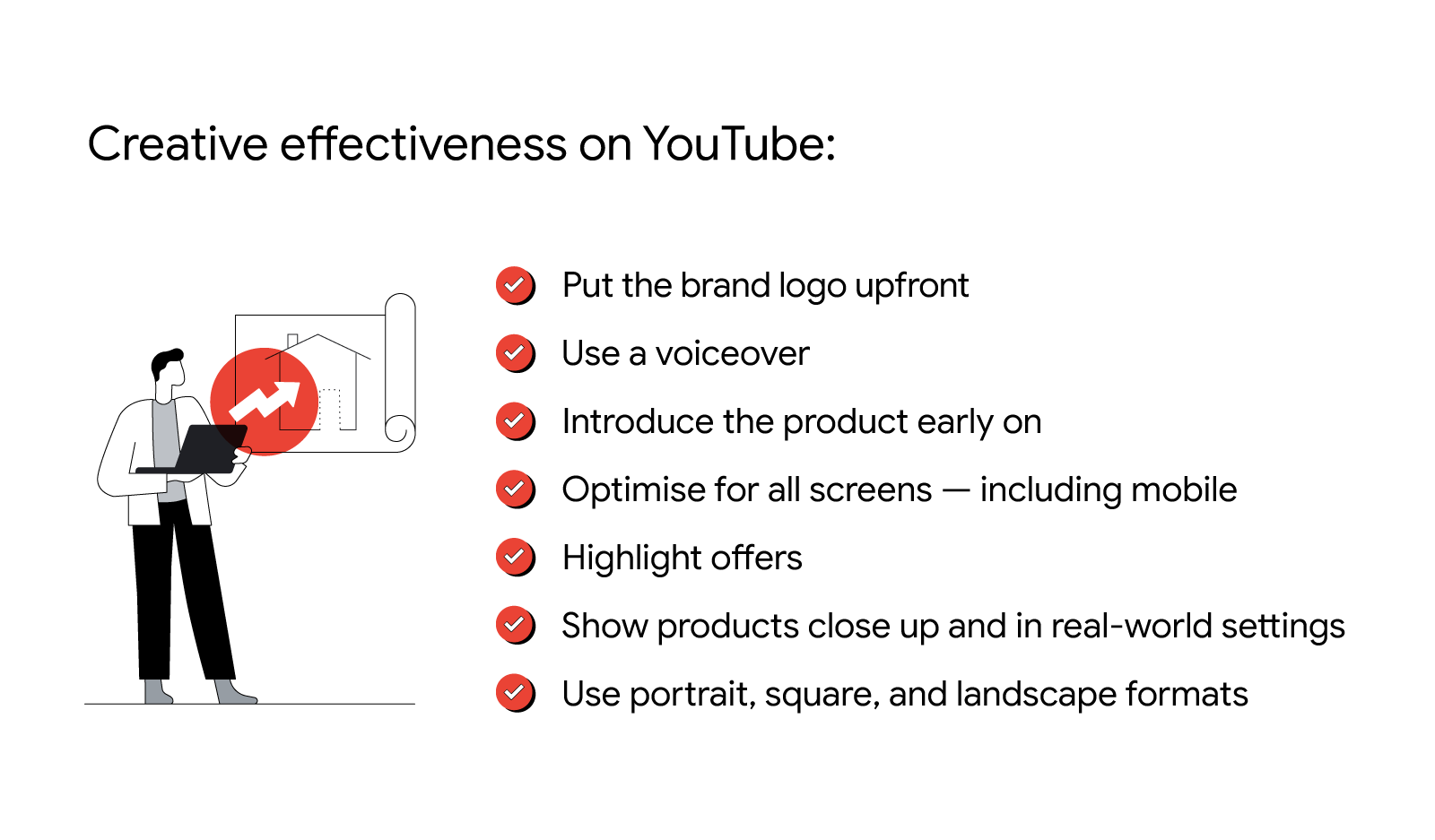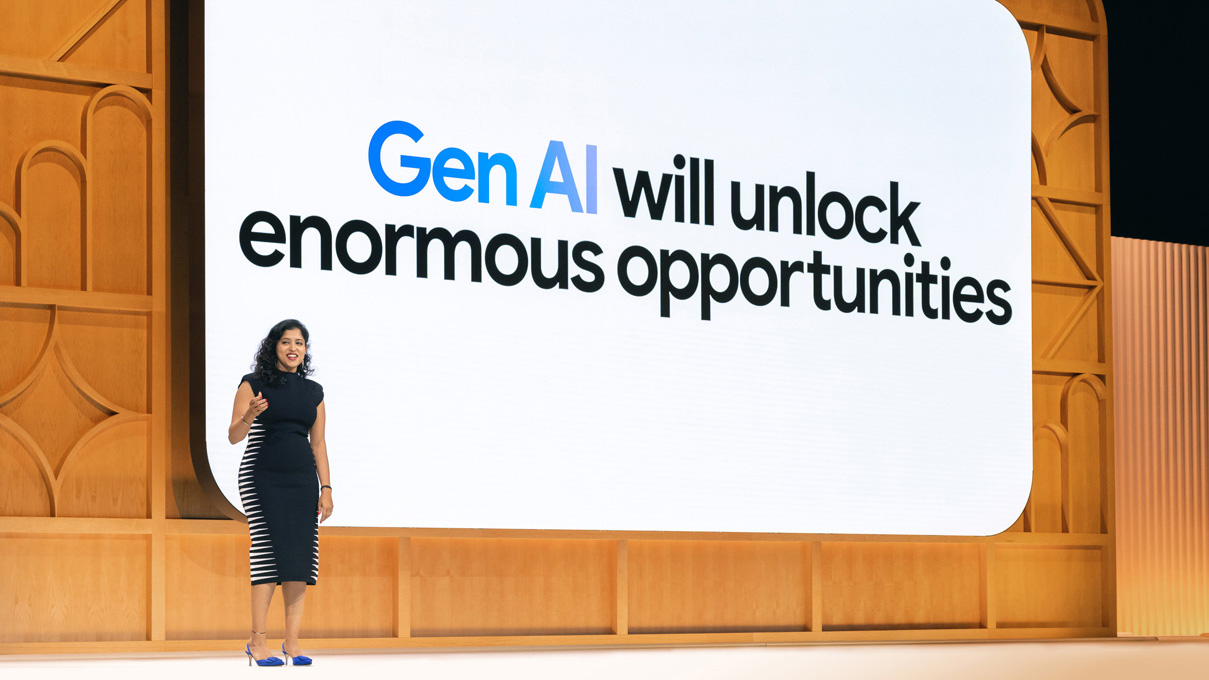British DIY retailer B&Q has a rapidly growing online marketplace. Tara West and Tom Rohner — both part of the retailer’s paid search team — explain how a new creative strategy is helping them promote more products than ever before without compromising on results.
Whether it’s bookshelves for a video call backdrop or a complete bathroom makeover, Britain’s growing army of DIY enthusiasts isn’t shy of a challenge. But they do expect choice, convenience, and speed in the process.
That’s why, in 2022, we launched and swiftly expanded B&Q’s online marketplace. Helping bridge the gap between the online and offline shopping experience, it allows customers to access more than 1.2 million products in one place.
With more products and entirely new categories to promote, the emergence of new AI solutions to scale our marketing output across platforms couldn’t have come at a better moment. However, we have learned that implementing this requires time. To ensure the quality and performance of an unprecedented amount of assets for our ads and product listings, we needed to rethink our entire creative foundation.
From a handful of ad visuals and videos to hundreds
One of B&Q’s primary advertising channels is Search, where Smart Shopping campaigns have delivered strong results for many years. Recently, though, platforms such as YouTube have gained importance for both brand activity and driving sales at the lower end of the funnel.
Our decision to test Performance Max campaigns was based on the potential to deliver broader coverage for all our new products across more Google platforms in one convenient and effective campaign. We also wanted to harness AI to optimise our bidding and creative assets.
However, going from manually producing a handful of high-quality ad visuals and videos to hundreds simply wasn’t an option. Without TV-level budgets for over 1 million products, we decided to lean into auto-generated assets to produce the diverse creatives needed to ensure our cross-platform ads performed at their best.
Customers can’t be expected to distinguish between a performance ad and a brand ad, but they recognise quality, consistency, and relevance when they see it.
Unfortunately, in early tests, the output didn’t always match our brand guidelines, with some of the ads across YouTube, Search, and Display not fully optimised. Because of this, the performance uplift we expected didn’t materialise either, which was concerning as, at the time, we were just going into the Easter holidays — a peak moment for home improvement purchases.
The question was: how could we maintain the quality of our creative output — and ultimately the effectiveness of our ads — while getting the benefits of scale that AI-powered campaigns offer? Working with Google’s Creative Works team and our agency partner Merkle, we took part in a creative sprint to find a solution.
A new creative template for cross-platform success
Creative best practice for Performance Max is not a dark art. A core component of the sprint involved learning from tried-and-tested assets and ads from various companies and organisations. This approach helped us set clear, tangible goals and deepen our understanding of what drives conversions.
We quickly found that some straightforward creative adjustments could significantly enhance the performance of our ads. For our YouTube videos, this meant ensuring brand visibility within the first few seconds, transitioning from silent videos to those with music and voiceovers and incorporating clear calls to action to drive conversions — all aligned with YouTube’s ABCD guiding principles.
Before sprint
After sprint
The switch to using a voiceover was a significant breakthrough. And having video assets in landscape, vertical, and square aspect ratios helped maximise our presence across different types of inventory across channels.
Informed by these insights, we developed flexible, repeatable creative templates that ensured consistency at the beginning and end of each video, with customisable segments for products in between. This approach allowed us to scale our assets effortlessly to feature more products and introduce new categories without compromising on quality or needing to start from scratch for each new campaign.
While we didn’t require thousands of videos and product shots, we learned that asset quality and variety is a key component in driving results on Performance Max. For each product category, we created one asset group containing multiple images and at least three videos at different aspect ratios.

Small creative changes, big results
The greatest learning for us has been the realisation that AI-powered ad campaigns have incredible capabilities — but we underestimated the need for active management and quality assets. Understanding that automation requires both preparation and the right resources to excel was key.
As we’ve scaled our AI activity and fed in our creative sprint insights, we’ve seen a 14% increase in return on ad spend (ROAS) in under a year. After overcoming our initial challenges, we’ve now moved all our shopping and performance campaigns towards it.
AI-powered ad campaigns have incredible capabilities — but we underestimated the need for active management and quality assets.
Given Performance Max is now our biggest marketing expenditure, our overall way of working has changed, too. Where performance and marketing teams were once siloed, it has fostered closer collaboration and encouraged a more integrated asset design strategy from the outset.
Customers can’t be expected to distinguish between a performance ad and a brand ad, but they recognise quality, consistency, and relevance when they see it — and it shows in our results.








